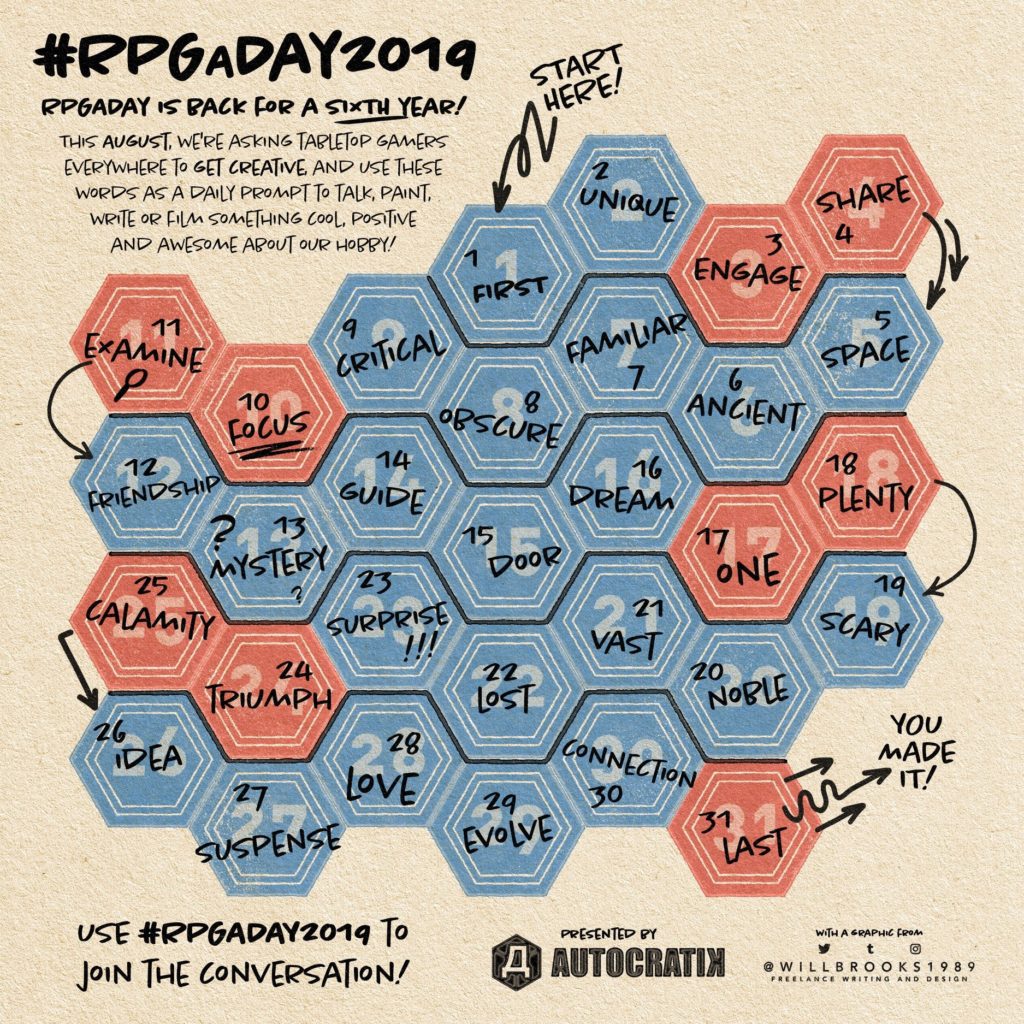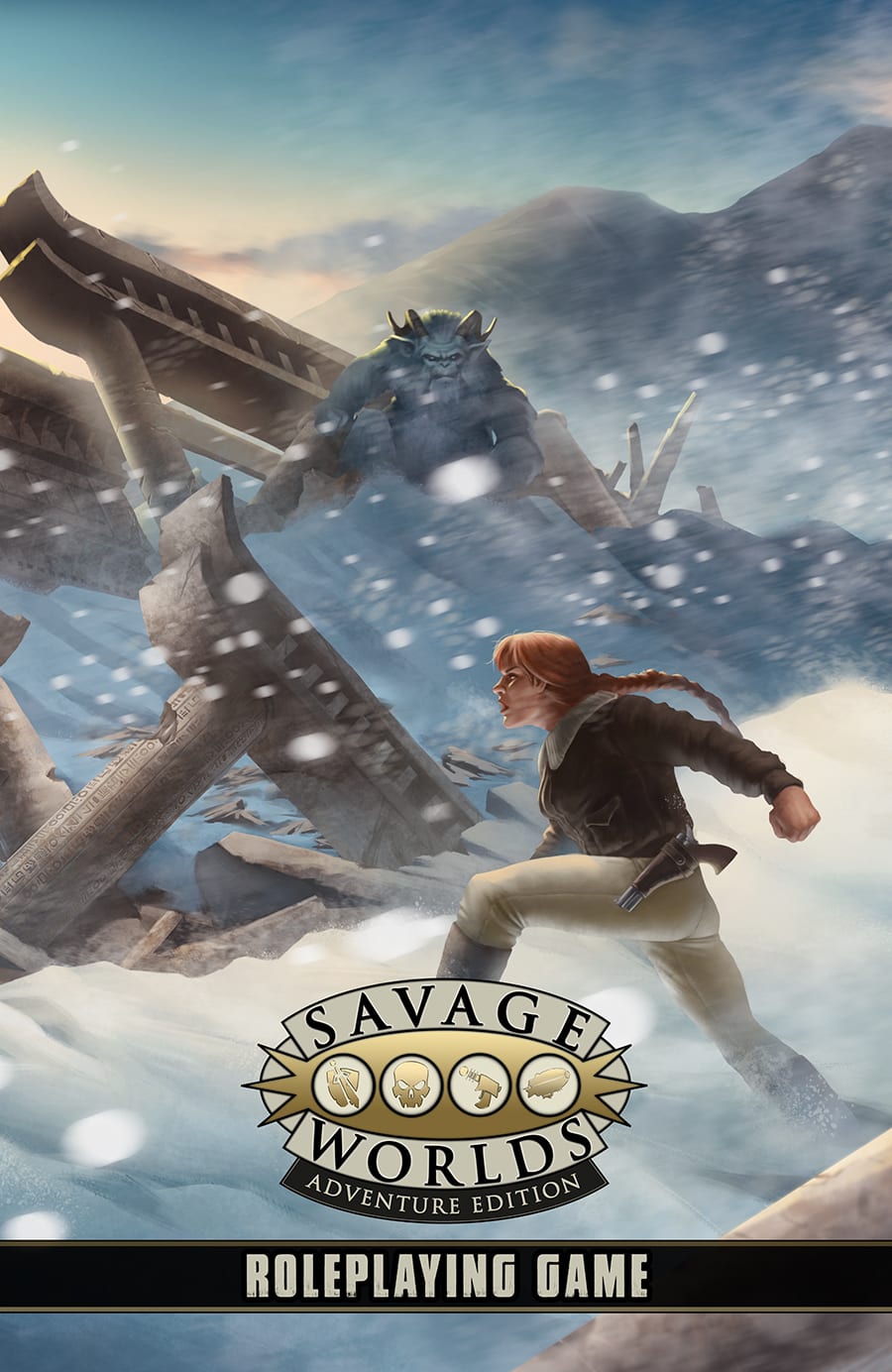 Space. The Final Frontier. But I've talked at length about the Star Trek RPG(s) in other posts. The first Space RPG is often said to be Jim Ward's Metamorphosis Alpha, and Traveller followed not long after. Perhaps space and sci-fi are the second most popular game genres, but I'd have to do some research to confirm that.
Space. The Final Frontier. But I've talked at length about the Star Trek RPG(s) in other posts. The first Space RPG is often said to be Jim Ward's Metamorphosis Alpha, and Traveller followed not long after. Perhaps space and sci-fi are the second most popular game genres, but I'd have to do some research to confirm that.
The first thing that pops into my head when I see the prompt for this post is "Space" at the moment is Traveller. It's an old favorite of mine. And I came into it in the best possible way- a gift from an adult gamer to a kid. When my mom's coworkers found out I was into tabletop, books started coming home with her as the more mature gamers fed my hunger for more games. Traveller appeared in the small box containing the Little Black Books- and tons of supplements. Traveller blew me away. What do you mean there are no classes and levels? What do you mean your PC starts with real world experience, not some fresh-faced 18-year-old? And you can DIE before character gen is over?
I was immediately taken with this game. I loved the Universal Personality Profile- how Traveller expresses the stats of a character in a six character string, with each stat expressed in hexadecimal. 7 is average, so if I was average in everything but, say, DEX, my UPP would be 7A7777, since the second digit is DEX. You could sum up a character on an index card. The career system, rolling to see what your PC did for a living, for how long, were they successful? What skills did they learn? What monies or retirement benefits did they carry away with them? You sort of had a mathematically-based life story when you were done. Or you died. And started over.
Traveller was mostly hard sci-fi. Jump Drives allowed for limited FTL, rated by how many parsecs could be traveled in a week. No FTL commo, everything moved at the speed of ships, meaning a sort of galactic pony express existed. It was easy to lose onesself out in the black. Many campaigns followed a group of veteran or retired military or paramilitary (Merchant Marines, Scouts) folks with a ship trying to make it running cargo or passengers. It felt a LOT like Firefly would later feel.
The ship building system lost so many hours for me in Middle School and High School. I remember watching Lost in Space on USA Network and trying to build Jupiter 2 as a Traveller vessel. We played out Book 2 ship battles in my living room floor with measuring tapes and protractors. It was a freaking blast.
The adventures were a lot of fun, too. Tracking deadly creatures through a doomed lab ship. Going to a prison world. Discovering forgotten secrets of a dead civilization. And the Imperium itself was mostly implied rather than expressly described in the early books- you had starting points, and fleshed things out in your own head.
So... there are many Space RPGs. But in the case of this writing prompt, the first thing that came to my mind was Traveller. Check it out HERE.





